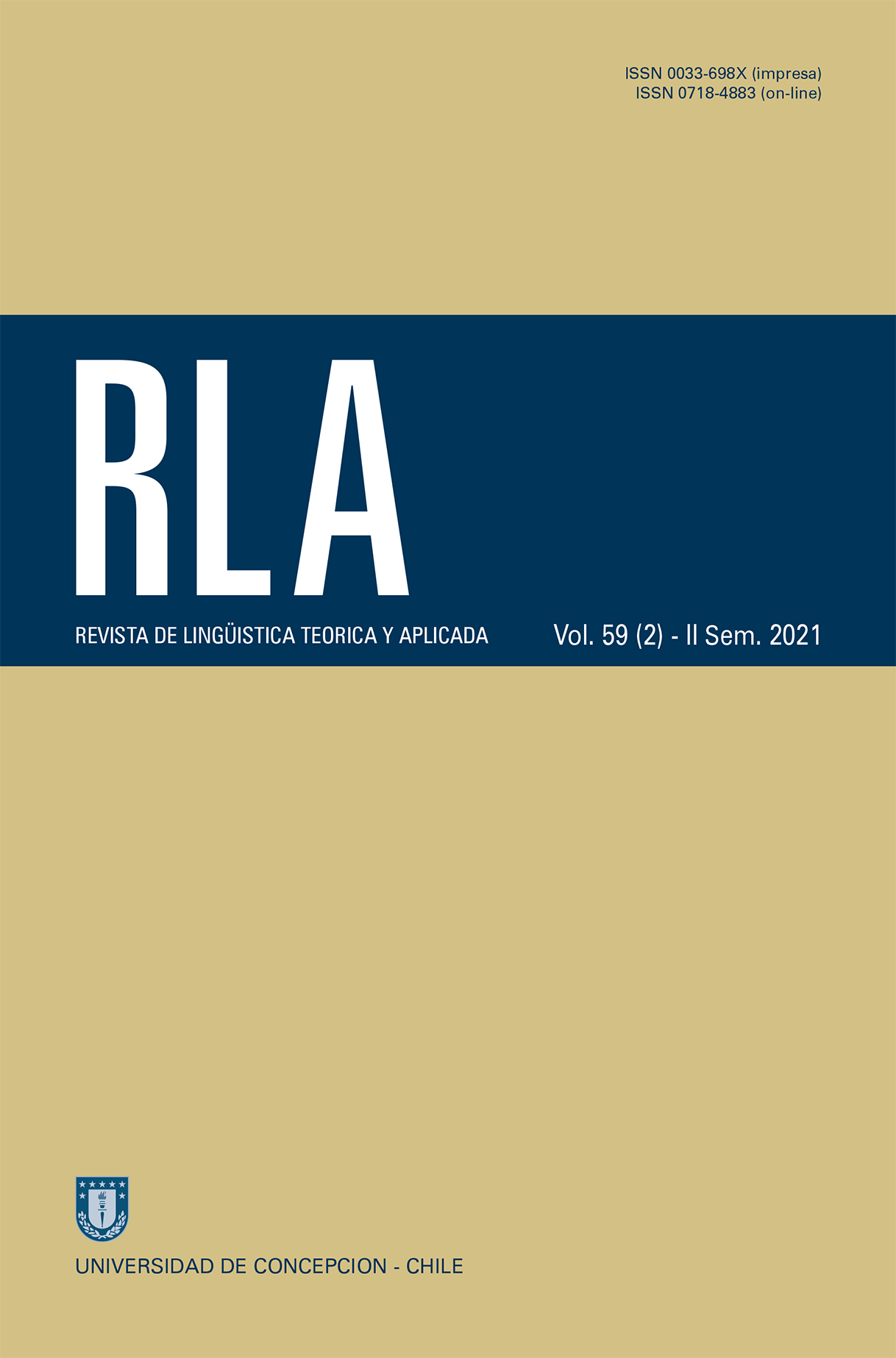MEDIATION AND SECOND LANGUAGE TEACHING IN NON IMMERSION CONTEXTS: AN EXPERIMENTAL ANALYSIS
DOI:
https://doi.org/10.29393/RLA59-13MALS20013Keywords:
communicative language activities, linguistic mediation, cognitive mediation, communicative mediation, German as a Foreign Language (DaF), CEFRAbstract
Mediation constitutes one of the four competences of language learning integrated in the Common European Framework of Reference. Mediation can be understood as the explanation of texts (linguistic mediation), concepts (cognitive mediation) or conversational contents (communicative mediation). It has been treated in diverse theoretical studies, but empirical research is missing. This study analyzes mediation processes in the interaction during two high controlled activities of 8 dyads (L1 Spanish and L2 German as a Foreign Language or DaF). The quantitative analyses confirm the presence of the three types of mediation proposed in the CEFR. It is an evidence that collaborative work is an adequate condition to put this competence into practice also while carrying out activities related to low-level cognitive skills. On the other hand, a low proportion of mediation in the L2 was found. This can be interpreted as a burden for practicing cognitive mediation in a non-immersion context because of the limited exposure of learners to the L2. The description of the strategies used by students for each mediation modality serves as a guide for classroom practices to foster the use of the L2.
Downloads
Published
How to Cite
Issue
Section
Copyright (c) 2021 Universidad de Concepción

This work is licensed under a Creative Commons Attribution 4.0 International License.







